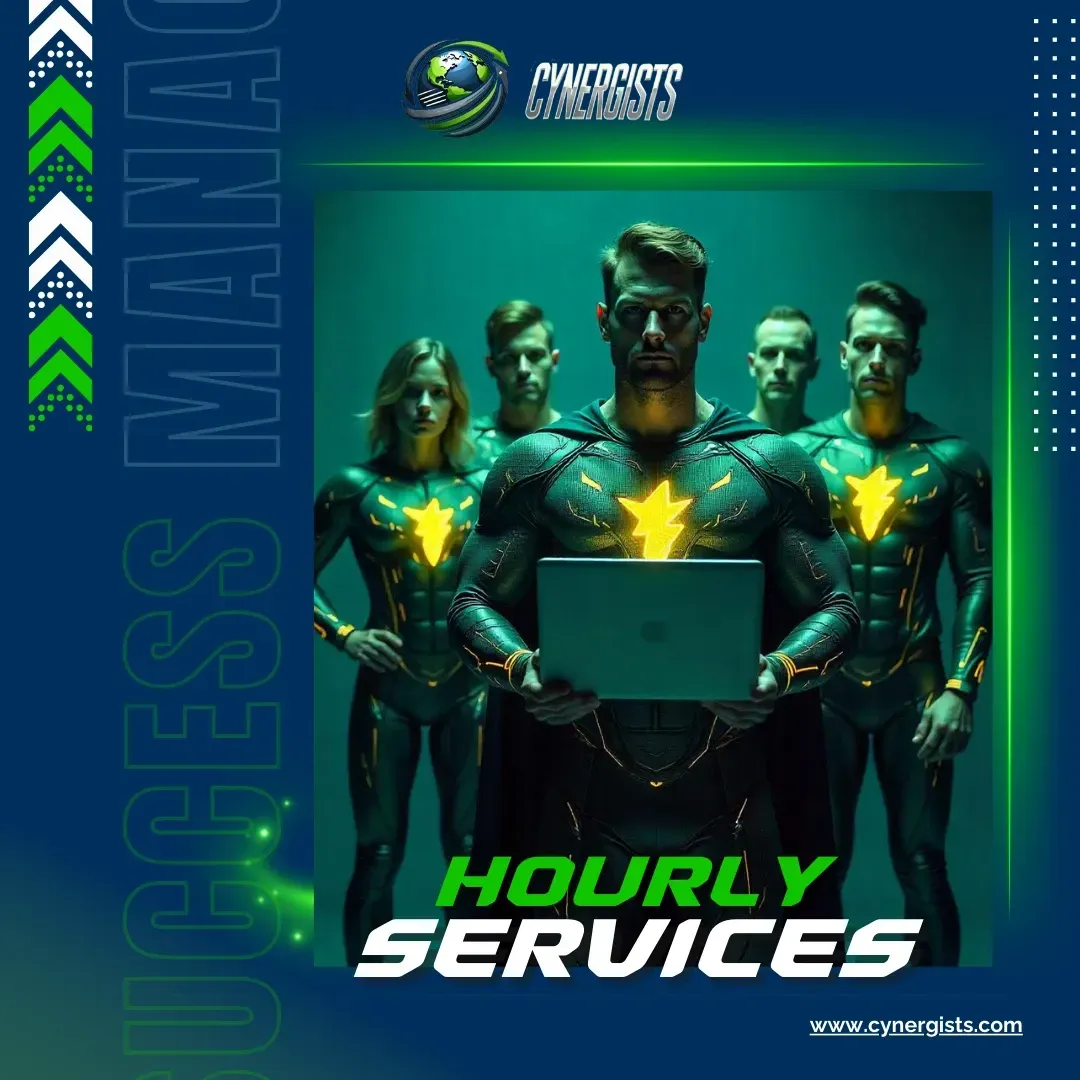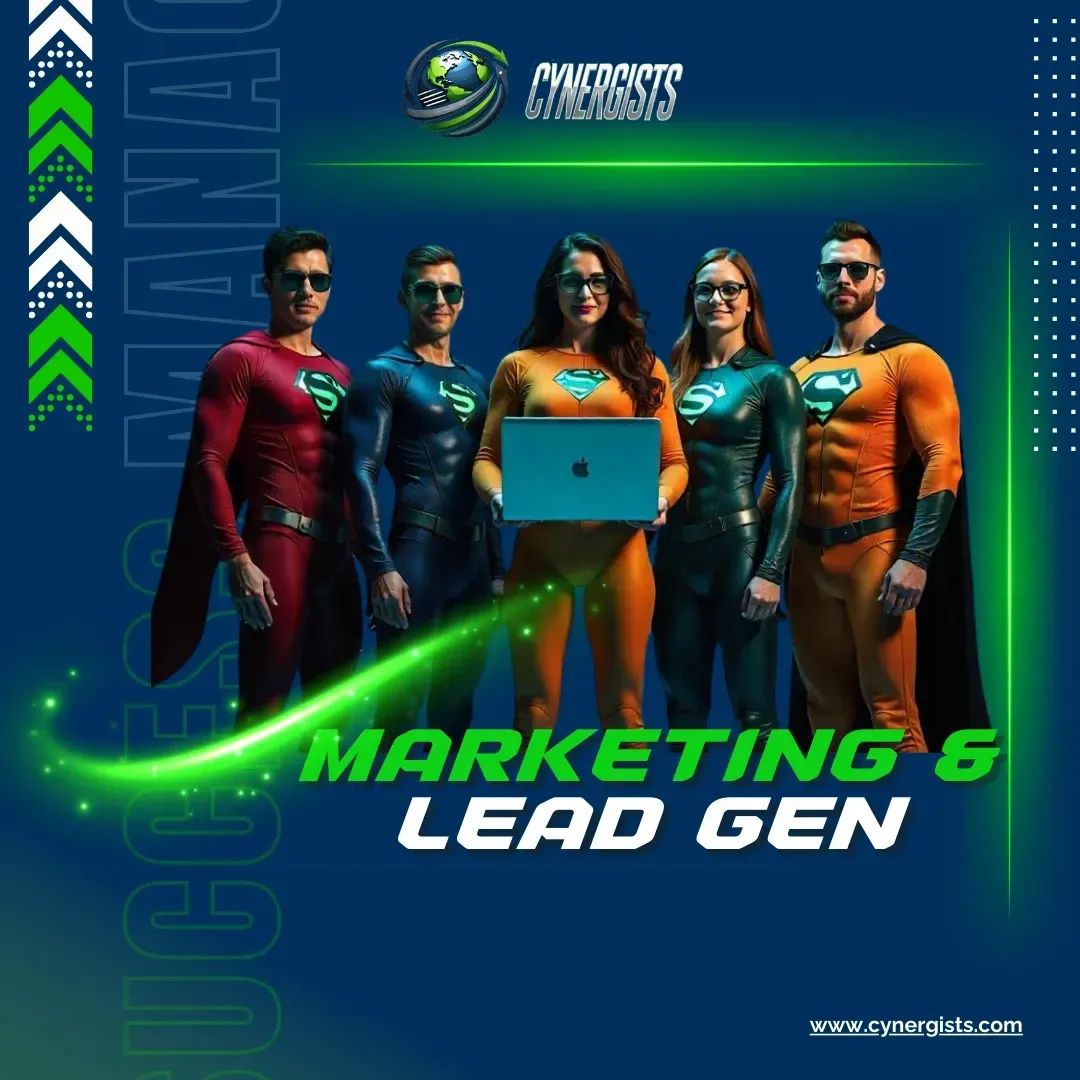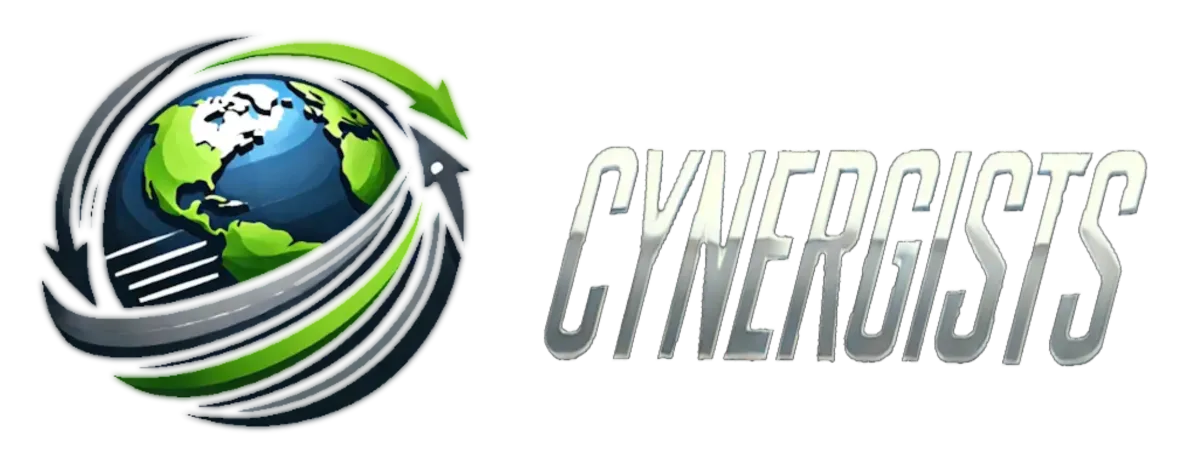
Suit Up with the Cynergists Blog:
Built for the Brave, the Bold, and the Business-Minded

Suit Up with the Cynergists Blog:Built for the Brave, the Bold, and the Business-Minded
Featured Posts
At Cynergists, we empower businesses with highly skilled virtual assistants who handle routine tasks, so you can focus on growth. Our blog offers expert tips, actionable strategies, and success stories to help you streamline operations and save time.
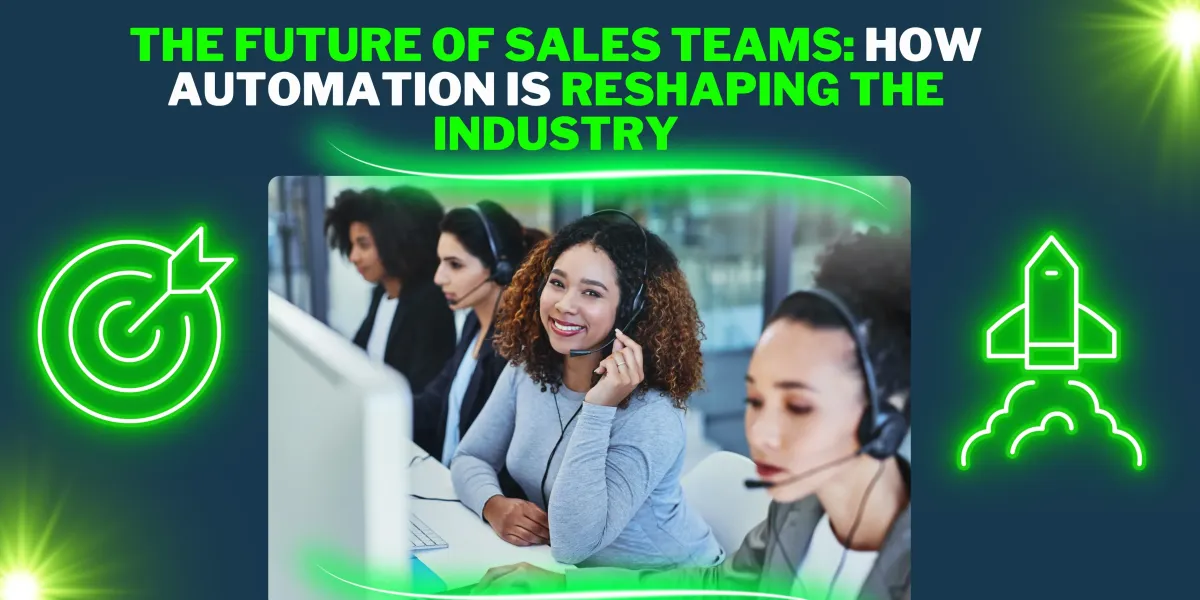
The Future of Sales Teams: How Automation is Reshaping the Industry

Lead Generation in 2025: Proven Strategies to Fill Your Pipeline

Top 8 Ways to Leverage Your CPA Business Utilizing Cynergists
Featured Posts
At Cynergists, we empower businesses with highly skilled virtual assistants who handle routine tasks, so you can focus on growth. Our blog offers expert tips, actionable strategies, and success stories to help you streamline operations and save time.

The Future of Sales Teams: How Automation is Reshaping the Industry

Lead Generation in 2025: Proven Strategies to Fill Your Pipeline

Top 8 Ways to Leverage Your CPA Business Utilizing Cynergists

Why Most CRMs Fail & How We Fix It
The Hidden Cost of CRM Failure CRMs were supposed to make things easier. But ask around in any sales or marketing team, and you'll hear a different story. Endless tabs, duplicated contacts, broken automations, and a flood of reminders no one reads. The tools meant to organize your growth often slow it down.
CRM failure isn’t just a technical hiccup, it’s a revenue leak. When follow-ups get missed, data gets lost, and your team avoids the system altogether, you're not just losing productivity. You’re losing deals.
At its worst, CRM failure creates confusion. Salespeople build shadow spreadsheets. Marketers second-guess lead sources. Managers can't trust their pipeline data. And leadership loses clarity on what’s working and what’s not.
CRMs should be the engine behind your business growth. So why are so many running on fumes?
Why Most CRMs Fall Apart After Setup The initial excitement is usually there. You sign up for a powerful CRM platform, invest time in setting it up, maybe even go through a few training sessions. Then, over the next few weeks, enthusiasm fades. Adoption stalls. Usage drops. And eventually, the CRM becomes just another expensive tool that no one really uses.
Why does this happen?
Because most CRMs are built around the software, not the people. Teams are expected to adjust to the tool, instead of the tool adapting to the team. The workflows feel foreign. The automation feels rigid. And the learning curve feels steep. That’s a recipe for resistance.
Many CRMs also fail because they’re implemented in isolation. No real integration with the actual sales process. No clear owner internally. And no plan for iterating as the business grows. It’s like installing a state-of-the-art engine into a car no one knows how to drive.
Add to that the overload of features, confusing dashboards, and pressure to hit quotas, and you’ve got a perfect storm of disconnection.
Fixing CRM from Inside Out
We need to rethink how CRMs are designed, starting with the end users in mind. What do they need? How do they work? What will actually make their day easier, faster, and more productive?
A working CRM isn’t about rigid systems. It’s about adaptable structure.
That means:
Designing CRM flows that mirror real sales conversations
Automating only the parts that slow people down
Integrating reminders, follow-ups, and notes in a natural rhythm
Bringing in AI or virtual assistant support where manual work bogs things down
When your CRM adapts to your team, instead of your team adapting to your CRM, you unlock serious traction. People actually use the system. Data stays clean. Follow-ups get done. Sales move forward.
If you want a CRM that works in the real world, start small and scale smart. Build the system around your people. Make it feel intuitive. Give it a feedback loop. And most importantly, let it evolve as your business grows.
Here’s what that looks like:
Start with the conversations. What are your team’s real daily touchpoints with leads and clients? Build from there.
Create just enough structure. Don’t over-engineer. A simple, clear process beats a complex one every time.
Use automation wisely. Automate repetitive tasks like reminders, lead routing, or email follow-ups. But keep the human touch in your sales process.
Integrate AI and VAs where it counts. If your sales team is stuck doing admin work, you’re losing money. Bring in smart tools and support to free them up.
Keep it flexible. Your CRM should be able to grow with you. Don’t get locked into a rigid system that can’t pivot when your business does.
When done right, your CRM becomes more than a database. It becomes a growth engine.
If you’re struggling with a CRM that isn’t pulling its weight, you’re not alone. The good news is, it’s fixable, with the right structure, support, and strategy.
Whether you're looking for expert guidance to overhaul your CRM strategy or practical tools to simplify your business backend, Cynergists offers streamlined, strategic marketing services tailored to growth-minded leaders. For digital tools that scale with you, explore the curated solutions available at Cynergists.shop.
Also, check out the RVO (Ryan Van Ornum) podcast for raw, practical insights into systems, leadership, and scaling in the age of AI.

Why Most CRMs Fail & How We Fix It
The Hidden Cost of CRM Failure CRMs were supposed to make things easier. But ask around in any sales or marketing team, and you'll hear a different story. Endless tabs, duplicated contacts, broken automations, and a flood of reminders no one reads. The tools meant to organize your growth often slow it down.
CRM failure isn’t just a technical hiccup, it’s a revenue leak. When follow-ups get missed, data gets lost, and your team avoids the system altogether, you're not just losing productivity. You’re losing deals.
At its worst, CRM failure creates confusion. Salespeople build shadow spreadsheets. Marketers second-guess lead sources. Managers can't trust their pipeline data. And leadership loses clarity on what’s working and what’s not.
CRMs should be the engine behind your business growth. So why are so many running on fumes?
Why Most CRMs Fall Apart After Setup The initial excitement is usually there. You sign up for a powerful CRM platform, invest time in setting it up, maybe even go through a few training sessions. Then, over the next few weeks, enthusiasm fades. Adoption stalls. Usage drops. And eventually, the CRM becomes just another expensive tool that no one really uses.
Why does this happen?
Because most CRMs are built around the software, not the people. Teams are expected to adjust to the tool, instead of the tool adapting to the team. The workflows feel foreign. The automation feels rigid. And the learning curve feels steep. That’s a recipe for resistance.
Many CRMs also fail because they’re implemented in isolation. No real integration with the actual sales process. No clear owner internally. And no plan for iterating as the business grows. It’s like installing a state-of-the-art engine into a car no one knows how to drive.
Add to that the overload of features, confusing dashboards, and pressure to hit quotas, and you’ve got a perfect storm of disconnection.
Fixing CRM from Inside Out
We need to rethink how CRMs are designed, starting with the end users in mind. What do they need? How do they work? What will actually make their day easier, faster, and more productive?
A working CRM isn’t about rigid systems. It’s about adaptable structure.
That means:
Designing CRM flows that mirror real sales conversations
Automating only the parts that slow people down
Integrating reminders, follow-ups, and notes in a natural rhythm
Bringing in AI or virtual assistant support where manual work bogs things down
When your CRM adapts to your team, instead of your team adapting to your CRM, you unlock serious traction. People actually use the system. Data stays clean. Follow-ups get done. Sales move forward.
If you want a CRM that works in the real world, start small and scale smart. Build the system around your people. Make it feel intuitive. Give it a feedback loop. And most importantly, let it evolve as your business grows.
Here’s what that looks like:
Start with the conversations. What are your team’s real daily touchpoints with leads and clients? Build from there.
Create just enough structure. Don’t over-engineer. A simple, clear process beats a complex one every time.
Use automation wisely. Automate repetitive tasks like reminders, lead routing, or email follow-ups. But keep the human touch in your sales process.
Integrate AI and VAs where it counts. If your sales team is stuck doing admin work, you’re losing money. Bring in smart tools and support to free them up.
Keep it flexible. Your CRM should be able to grow with you. Don’t get locked into a rigid system that can’t pivot when your business does.
When done right, your CRM becomes more than a database. It becomes a growth engine.
If you’re struggling with a CRM that isn’t pulling its weight, you’re not alone. The good news is, it’s fixable, with the right structure, support, and strategy.
Whether you're looking for expert guidance to overhaul your CRM strategy or practical tools to simplify your business backend, Cynergists offers streamlined, strategic marketing services tailored to growth-minded leaders. For digital tools that scale with you, explore the curated solutions available at Cynergists.shop.
Also, check out the RVO (Ryan Van Ornum) podcast for raw, practical insights into systems, leadership, and scaling in the age of AI.
Why Follow Our Blog?
Save Time, Boost Efficiency: Discover how virtual assistants can automate tasks and optimize your business.
Smart Scaling Tips: Learn how to scale without the headaches using virtual assistant support.
Tech & Automation Insights: Leverage AI and automation to enhance your business operations.
Real Success Stories: See how our clients have transformed their businesses with our services.
Entrepreneur Tips: Get practical advice for growing your business and managing your team.
Ready to Grow?
Explore Cynergists today and discover how our virtual assistants can help you reclaim time and boost efficiency. Subscribe to our blog for the latest updates, tips, and news!
STAY UP TO DATE, CHECK OUT OUR PODCAST AND FOLLOW US!
STAY UP TO DATE, CHECK OUT OUR PODCAST AND FOLLOW US!

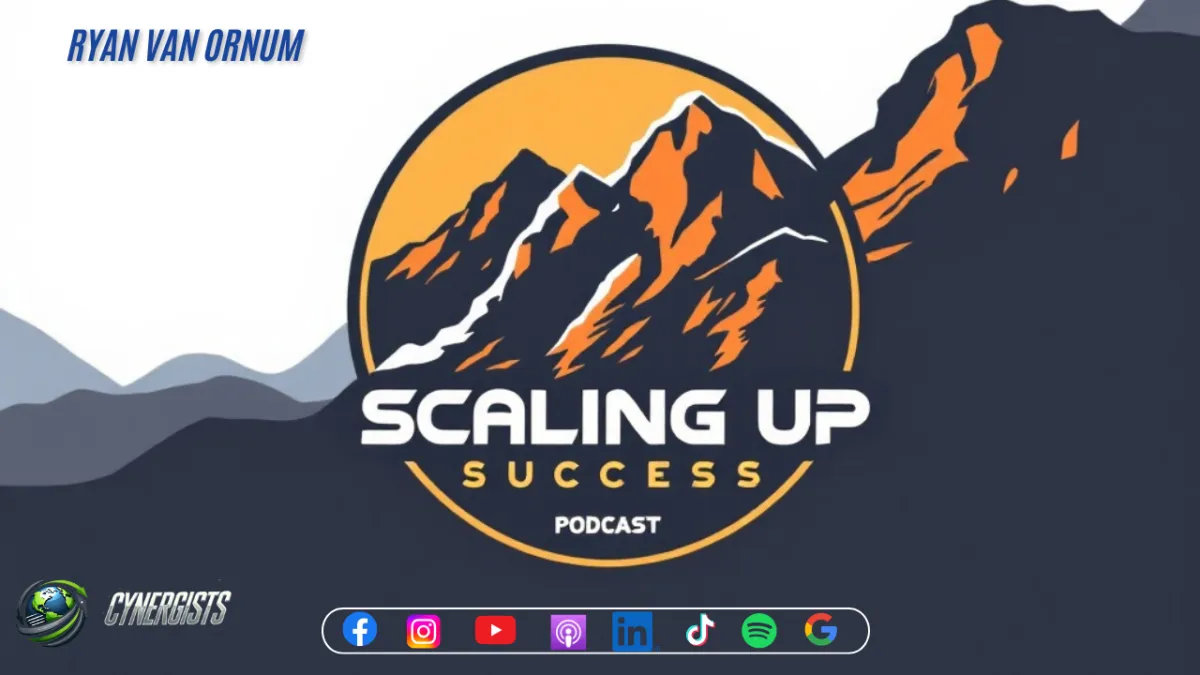
Copyright 2025. Cynergists. All Rights Reserved.








